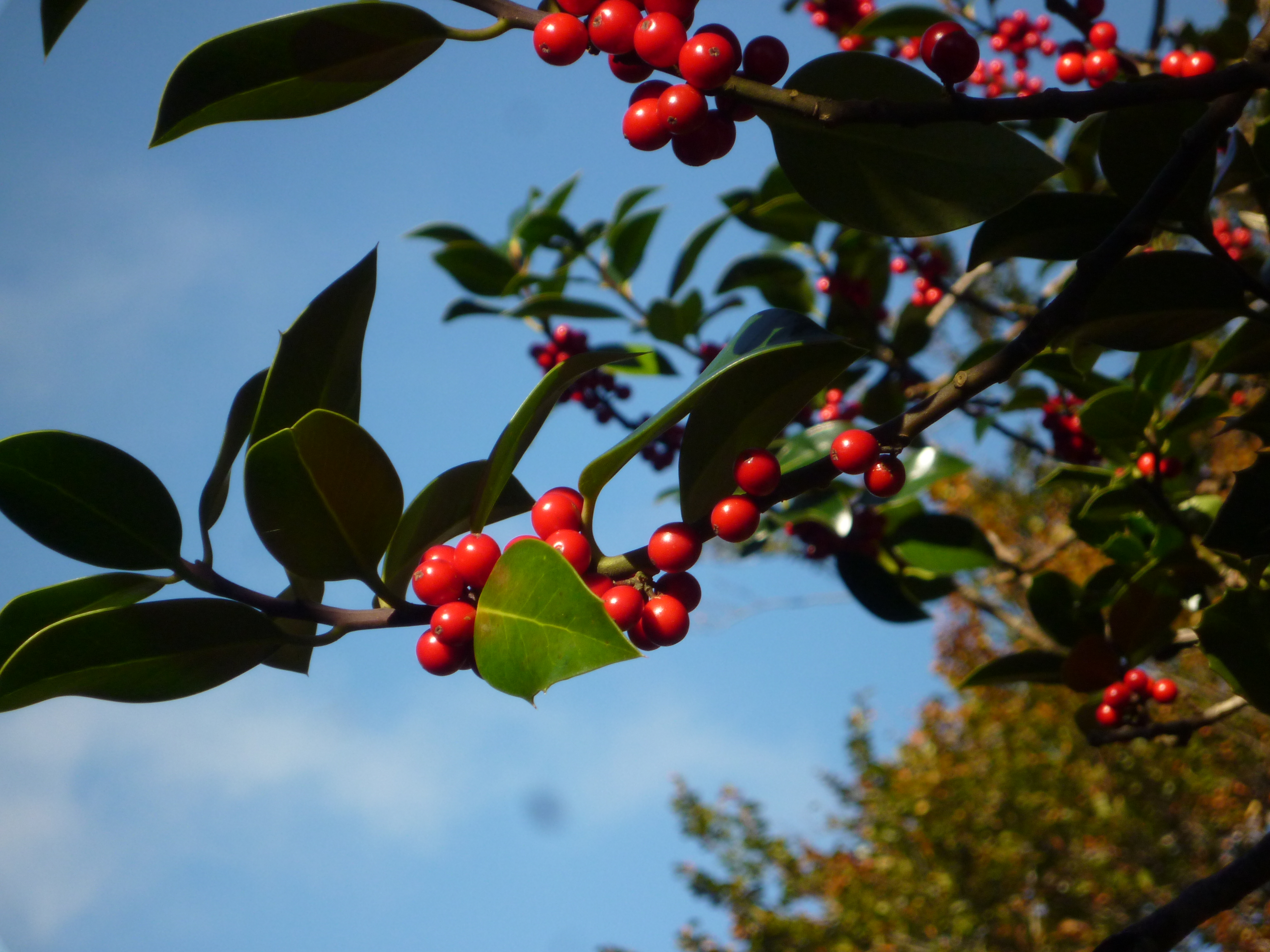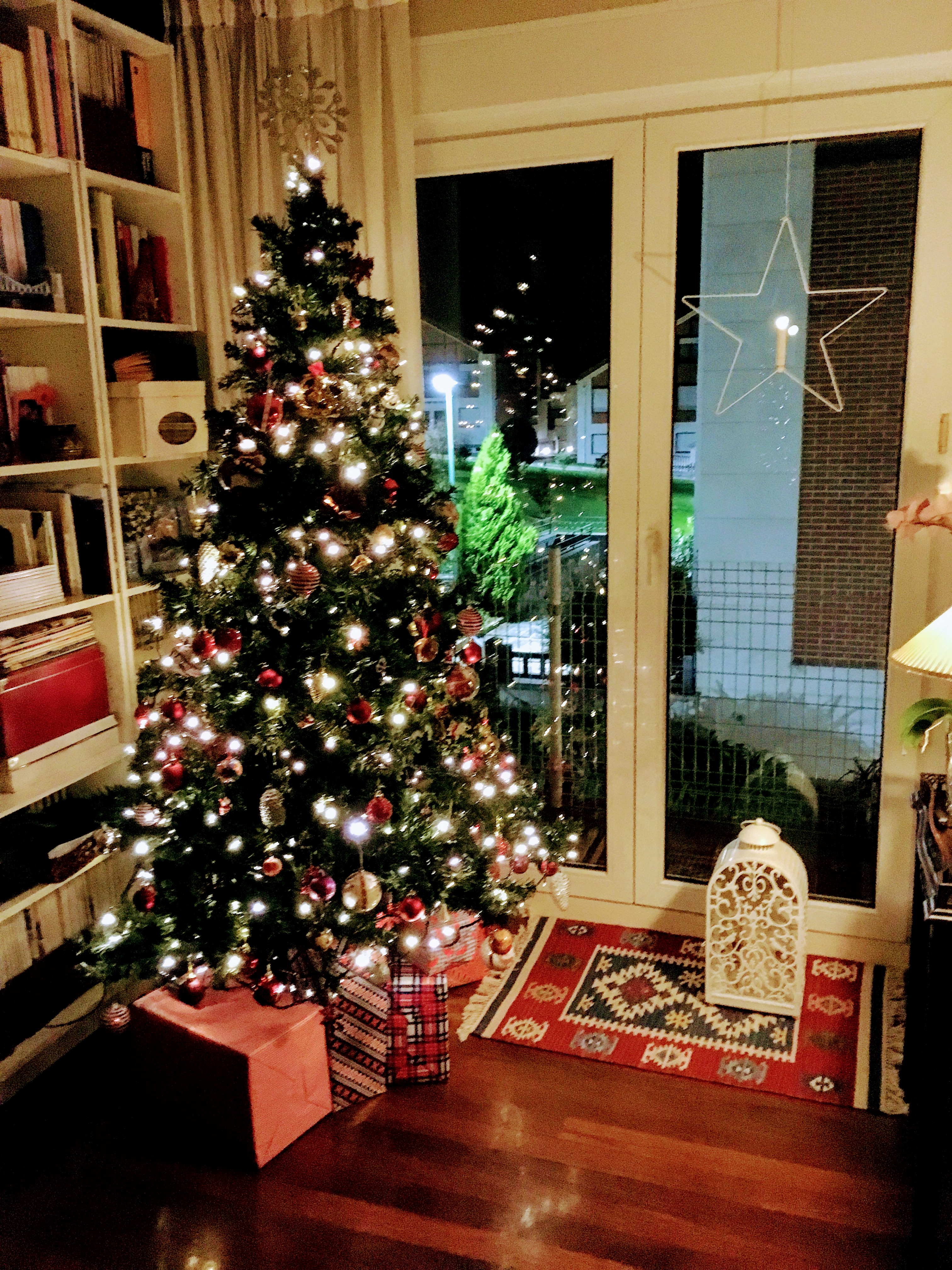Basque ethnography at a glance

Holly branches with berries. José Ignacio García Muñoz.
Traditions observed during the Christmas period from St Thomas’ Day, on 21 December, to Three Kings’ Day, on 6 January, have undergone significant changes in recent years.
In the not too distant past Christmas celebrations were characterized by a warm family environment and a deep religious significance. This last connotation is fading away, as happens with Easter, now more of a spring break.
In like manner as remote, foreign customs have been introduced at other times of the year, such as Halloween on All Saints’ Eve or Black Friday at the beginning of the Christmas shopping season, Santa Claus has arrived on the festive scene. It is quite a while since Olentzero, a complete stranger for people across the country at a time, takes to the streets year after year accompanied by much singing to the enjoyment of all children. He even has a partner now called Mari Domingi.
Days before Christmas Eve a nativity scene was arranged in most houses, and still is in quite a few. Moss (odoldia) was brought from the woods, pieces of glass and silver paper were employed to simulate rivers or ponds over which wood bridges were erected, lights were placed in strategic points… And every year the nativity grew larger with the purchase of a new figure.

Homespun Christmas tree. Izaskun Agirre. Labayru Fundazioa Photographic Archive.
Embellished with garlands and ornaments, sometimes presents, the Christmas tree has over time been incorporated into the celebration and occupies a prominent place in homes and public spaces. Mistletoe (migurea) and holly (gorostia) were formerly the customary Christmas decorations.
The entire family reunited for Christmas Eve dinner and Christmas Day lunch. Relatives who worked at sea or lived abroad and travelled long distances to come home were especially welcomed. The traditional Christmas Eve dinner usually featured cabbage, sea bream, escargots and pear compote, and after the meal the family attended midnight mass.
New Year’s Eve was less of a family occasion: popular night parties were held, and many have long opted to go away, often on a skiing trip.
In the early morning hours on Three Kings’ Day children who had polished their shoes good had gifts placed in them. The Three Kings have nevertheless been partly replaced by Olentzero, so young ones have more time to enjoy their Christmas gifts before school resumes.
Gift preferences have also changed. In the old days children received clothing, school materials, and the odd toy. Now, in contrast, they ask for sophisticated toys for which large amounts of money are paid.
Segundo Oar-Arteta – Etniker Bizkaia – Etniker Euskalerria Groups
Translated by Jaione Bilbao – Ethnography Department – Labayru Fundazioa

